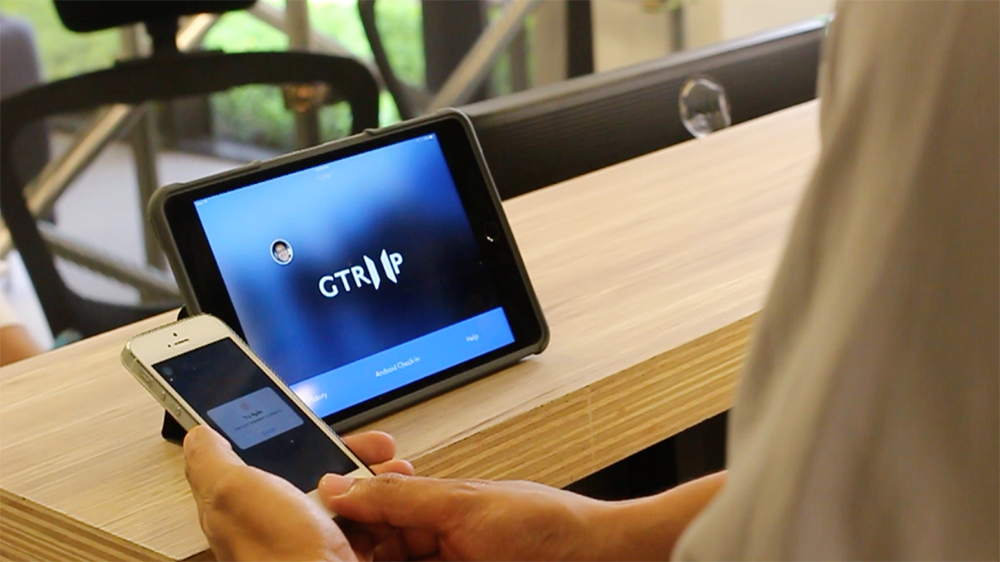for support
(888)123-4567
Proximity sensors and beacon technology have been generating buzz since Apple’s introduction of the iBeacon in 2013, with its fair share of critics commenting over the years that the tech has been slow to catch on. However, with the rise in mobile usage and a shift of the consumer-wielded power in recent times, the technology is now beginning to pick up – and fast.
The technology is one of those developments that are not bound to just a single kind of industry – with more and more enterprises and companies also beginning to adopt them for their internal use and processes. This is in accordance with the rise of the smart workspace, and in tandem with other trends such as offices being paperless and document-less. As we have witnessed huge transformations in the past decade - from traditional mail to email, telephones to Microsoft Lync - we too are in the midst of the next great evolution.
The idea that interconnected devices can make decisions and actions based upon your location is a simple but powerful and welcome addition to your workspace. With more and more staff being empowered to be able to work remotely and during unregulated office hours, the potential of tapping on indoor location proximity technologies and integrating them with mobile capabilities are limitless. Here are five of the coolest things you can get up and running in your office with nothing but a couple of proximity sensors!
Connecting with co-workers in different locations

It’s easy to lose track of where your co-workers are, or even to locate someone from a particular department altogether. Proximity sensors would be able to change all that, with you having in the palm of your hands' real-time information of where everyone is.
Getting hold of someone in, say, IT support would be as simple as tapping ‘nearest available person in IT support’ on your device. Pulling together a spontaneous meeting will also not be the nightmare it was. This simple addition saves you precious minutes wandering around the office, which could possibly add up to an entire work day by the end of the year!
Automatically generating event attendance lists and reports

Meetings and events do not always start on time, due to multiple lapses such as guest registration and venue locating. Instead of waiting around for people to arrive, proximity sensors can also be configured to alert you when someone has arrived at the event venue – rather than to utilise manpower for the manual registration process. This could provide that little nudge in possibly starting the event ahead of time.
At the end of the event, reports can also be generated, based on the areas which guests tended to frequent more, or the traffic flow of the attendees and the average time spent at the event. This takes away a huge chunk of the report generation, allowing you to focus on other aspects of event evaluation.
Owning the office space

The office is no longer the archaic, cubicle-segmented workspace it was a decade ago. The offices of today are smart areas, with interconnecting devices and tech ecosystems that allow for greater communication and efficiency. This also means that you can now interact with the entire office infrastructure, and not just that one cubic metre of space you were assigned.
Proximity tech allows you to do just that, with devices all around you being able to pinpoint exactly where you are in the office – the next time your desk phone goes off, it can be as easy as redirecting it immediately to the phone in the conference room where you are.
Reducing administrative hassle

It’s already the 21st century, yet some companies are still handling many administrative processes manually – physical punch cards for employee time clock systems and physical access key cards included. These alone bring up lots of possible lapses and inefficiencies, including having to issue these articles, to be well-versed with replacement procedures (some involve police reports), as well as the constantly regulating and inspecting for any suspicious usage.
The indoor location proximity technologies of today allows your employees to do all these and more, without having the need to carry any additional items. And with proximity sensors able to tell where you are, you get precision and immediate data as well – eliminating human error and system abuses.
Supercharging efficiency

All in all, the main reason why you should even be considering implementing yet another technology in your offices and workspaces is simple – to focus on supercharging your output and efficiency. This, in turn, helps you spend more time on the work you truly care about, whenever you’re in the right place, at the right time.
There are countless of other stuff you can set up once you have your ecosystem all set up and running – you could even have “The Final Countdown” played over your co-worker’s speakers each time you work into the office, or to flip your Slack status to ‘do-not-disturb’ when you step out of the office. The possibilities are endless – and the low cost of these proximity solutions also allow small businesses to out-tech the larger companies.